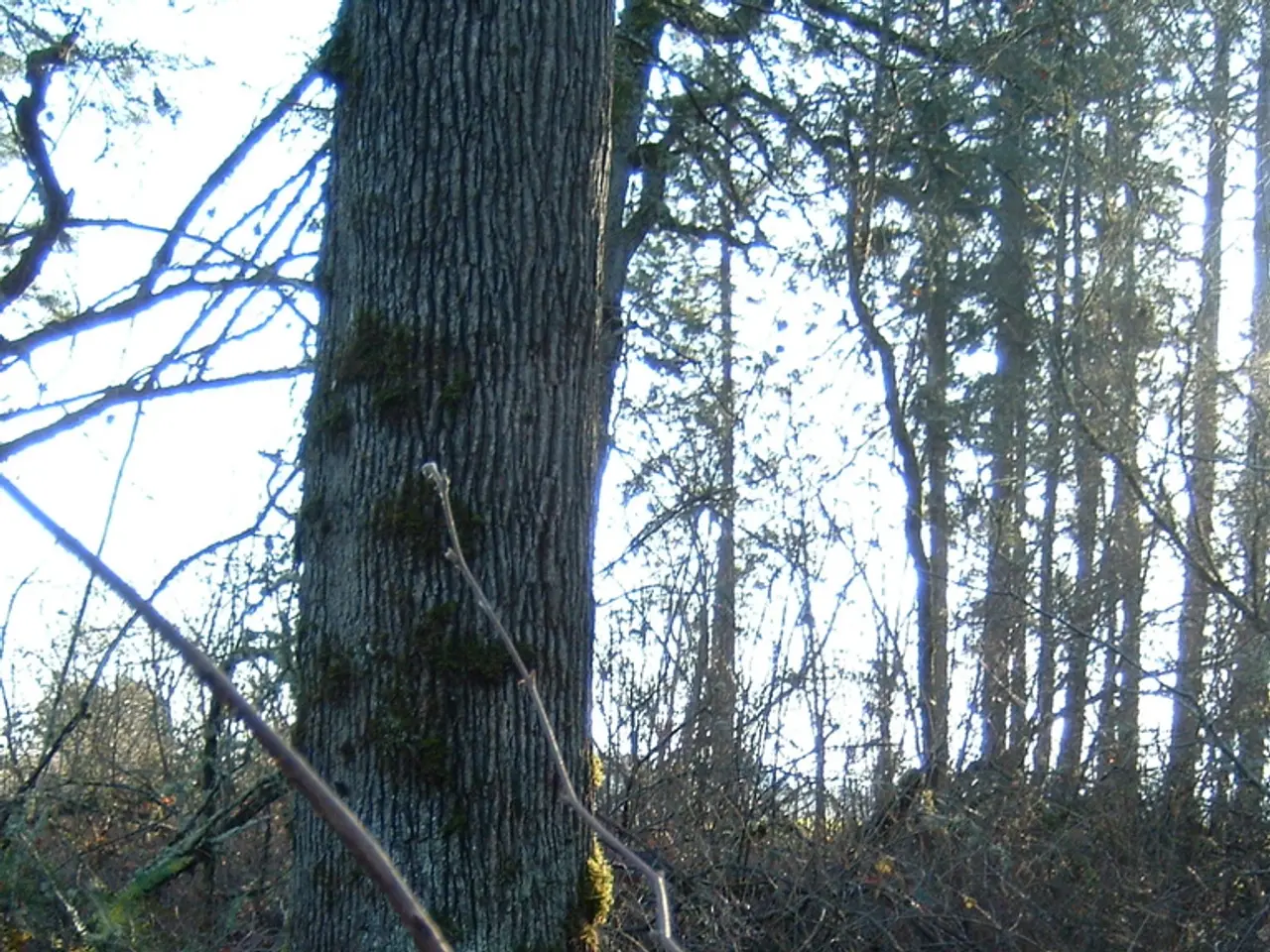Understanding Tree Hydrangeas: A Guide on Cultivating Hydrangea Bushes
In the world of gardening, the tree hydrangea is a standout shrub that brings a touch of elegance and vibrancy to any landscape. Known scientifically as Hydrangea paniculata, this unique plant grows with a single trunk, resembling a small tree, and can tolerate more sun exposure and drier soil conditions than many other types of hydrangeas.
Planting
Choose a location with full sun to part shade (ideally 4–6 hours of morning sun with afternoon shade in warmer climates) to encourage healthy blooms. Dig a hole twice as wide as the root ball and plant so the root ball top is level with the ground. Amend the soil as needed and water thoroughly. Mulch 2–3 inches thick around the base to retain moisture and regulate soil temperature.
Watering
Tree hydrangeas require consistent moisture but are somewhat drought-tolerant. Provide about 1 inch of water per week from rain or irrigation, especially during the first year. Mulching helps lock in moisture and protect roots.
Pruning
Tree hydrangeas bloom on new wood, so prune in late winter or early spring before new growth starts. Cut back stems by one-third to one-half to promote strong growth and remove dead, damaged, or crossing branches. For tree-form hydrangeas, maintain the trunk by removing suckers at the base and thin the canopy if it becomes dense to improve air circulation and reduce disease risk.
Fertilizing
Apply a balanced, slow-release fertilizer in early spring. Avoid too much nitrogen to prevent excessive leafy growth with fewer blooms.
Winter Protection
In colder climates, apply a thick layer of mulch around the base in late autumn to protect roots. In exposed sites, wrapping the trunk with burlap can prevent frost damage and bark splitting.
Additional Tips
Avoid over-pruning to control height because it stimulates new growth, potentially making the plant taller, and may reduce flowering. If size is a concern, select a variety suitable for the planting space. Tree hydrangeas attract pollinators, especially varieties with fertile and sterile flowers like Quickfire and Vanilla Strawberry.
Over the summer, the shrubs will benefit from an application of compost as a top dressing. The rest of the branches should be cut just above a bud or lateral branch. Tree hydrangeas tolerate almost any type of soil, including acidic or alkaline, as long as it is well draining. The surface roots of a tree hydrangea are typically not a problem for planting near the foundation of a home.
Tree hydrangeas thrive in U.S. Department of Agriculture plant hardiness zones 5 through 8a. They typically feature a multi-branched, rounded canopy of dark green foliage, growing up to 6 inches long and 3 inches wide. The blossoms appear on the branches as cream-colored flowers, eventually maturing to green, light pink, or deep pink.
With these best gardening practices, you can ensure healthy growth, abundant flowering, and long-lasting beauty of Hydrangea paniculata in your garden. Tree hydrangeas make a fantastic addition to any landscape due to their ease of growth and adaptability to various light levels, soil types, and environmental conditions.
In terms of gardening and home-and-garden, it's essential to choose a suitable plant hardiness zone for the tree hydrangea, as they thrive best in USDA zones 5 through 8a. Additionally, plant hardiness zones can significantly impact the shrub's lifestyle, considering that it requires full sun to part shade, consistently moist soil, and careful pruning and fertilizing practices to foster healthy growth and vibrant blooms.




